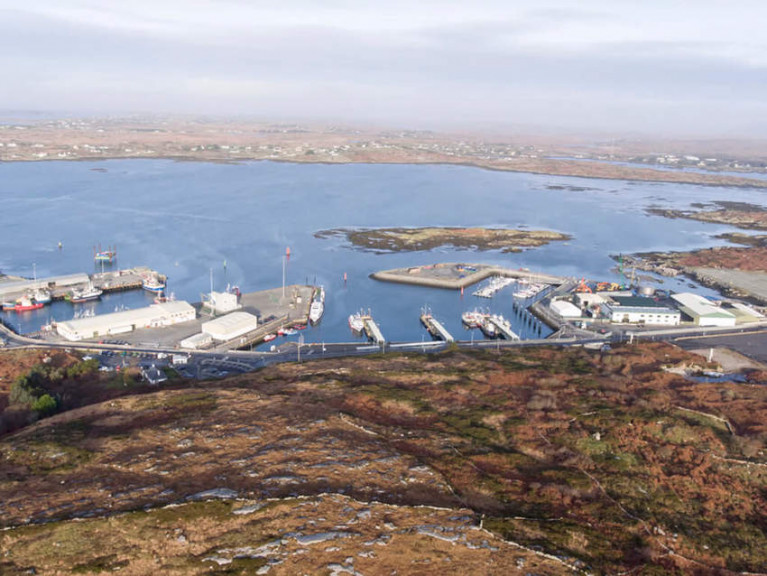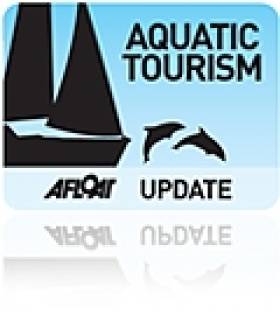Displaying items by tag: Údarás na Gaeltacha
Connemara Gaeltacht Harbour Could Become Hub for Marine Renewable Energy
Ros an Mhíl/Rossaveal could become a hub for marine renewable energy projects, if plans by Údarás na Gaeltachta come to fruition.
The board of the Gaeltacht authority has recently approved funding to plan the development of a 30-acre site it owns near the Connemara harbour.
Údarás na Gaeltachta says its study will include a review of the marine renewable energy sector and its potential opportunities, as well as “the requirements and advantages that Ros an Mhíl harbour and Gaeltacht companies have to meet future demands and to benefit from same”.
The organisation says renewable energy will be central to its 2021-2025 strategy, which is set for publication early next year, adding that Ros an Mhíl “has been long identified by Údarás na Gaeltachta as a strategic resource”.
Chair of the board Anna Ní Ghallachair said: “We are happy that Údarás na Gaeltachta will be in a position to undertake this study on the opportunities for renewable energy in the Ros an Mhíl area.
“This is a strategic sector for Údarás, and indeed for the whole country. If we are to halt climate change, we must avail of all opportunities there are to generate clean energy.”
Údarás na Gaeltachta hopes to issue tenders on etenders in the weeks ahead so that work can commence early in the new year.
The news comes after similar moves have been mooted for the Shannon Estuary, while in Cork a new strategic partnership aims to improve communication with the wider marine community as the pace of offshore wind farm development picks up.
Capital Grant for Dingle Aquarium
The funding will be used to develop a polar penguin exhibition centre. The new facility, which is adjacent to the existing aquarium, will be able to house up to ten penguins in a temperature-controlled environment, to replicate Antarctic conditions. The project is to expected to start shortly and the centre is anticipated to open to the public by Easter 2011.
Since opening in 1996, Oceanworld has attracted 100,000 each year. The company employs a staff of five-full time and 16 part-time staff. As a result of the development, an added three jobs are expected for the new exhibition centre.
The aquarium's website can be found at www.dingle-oceanworld.ie/

























































